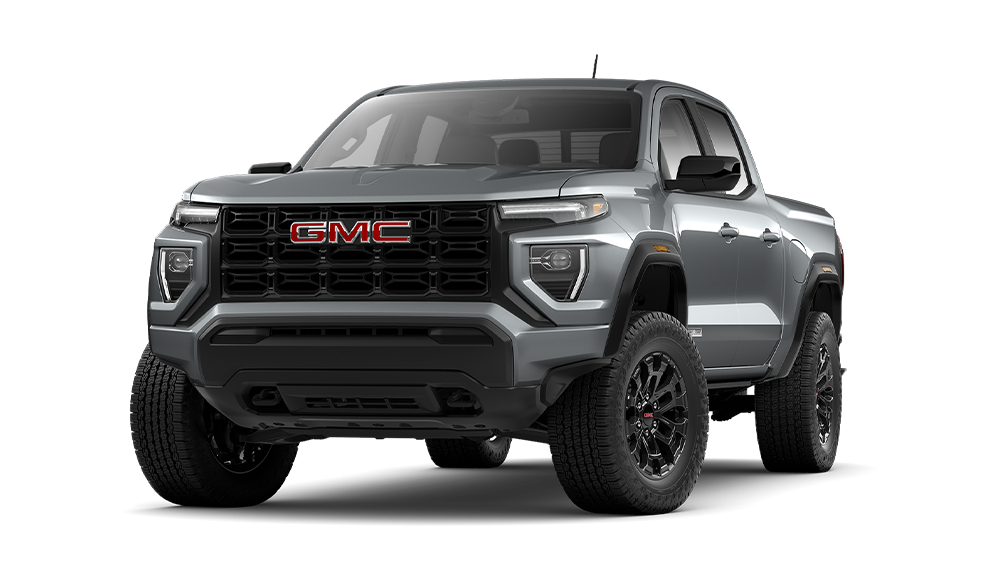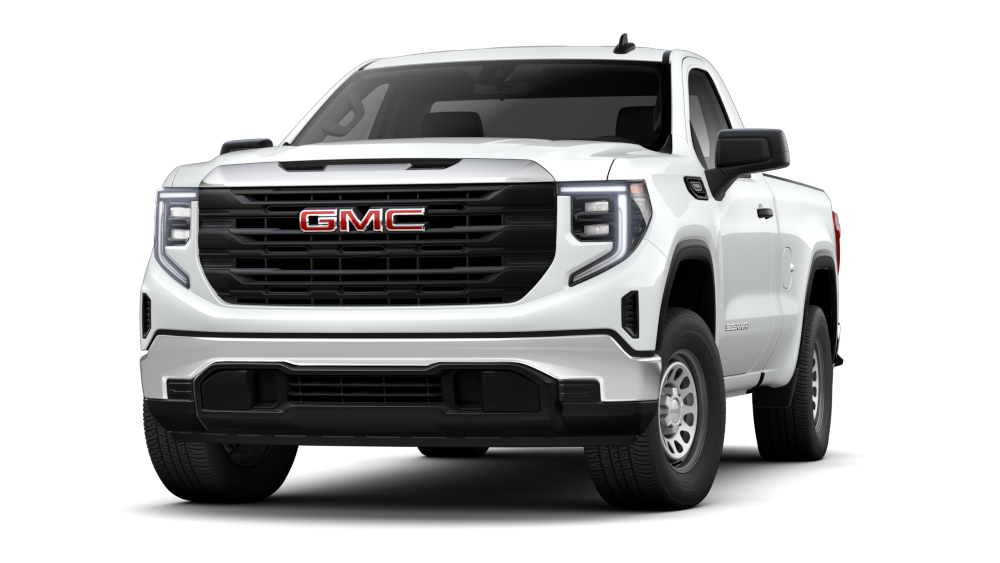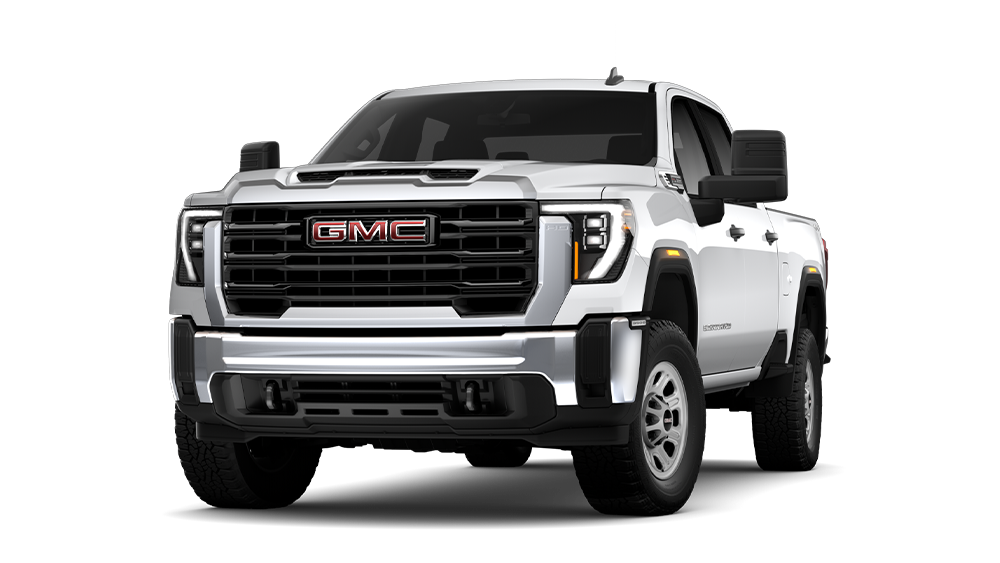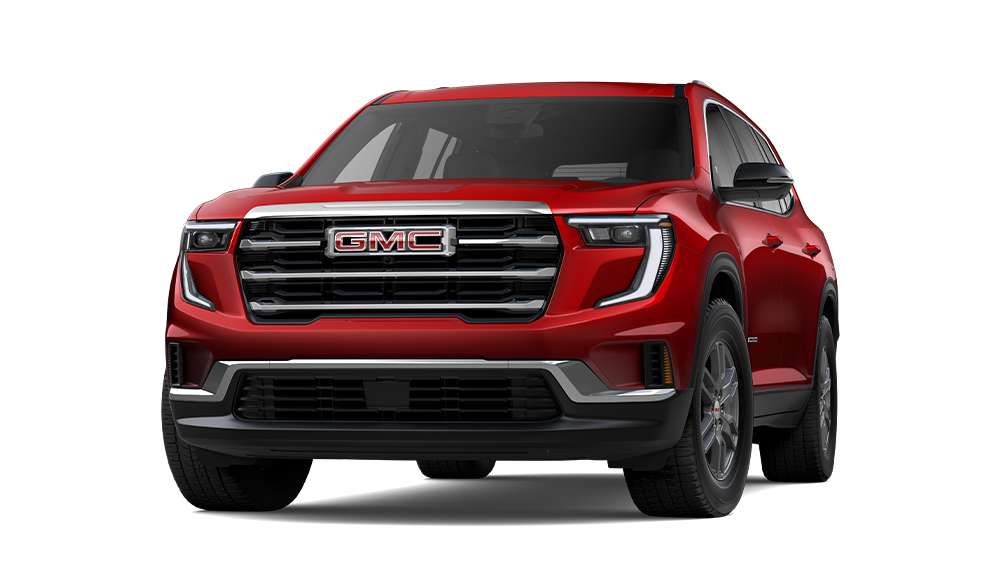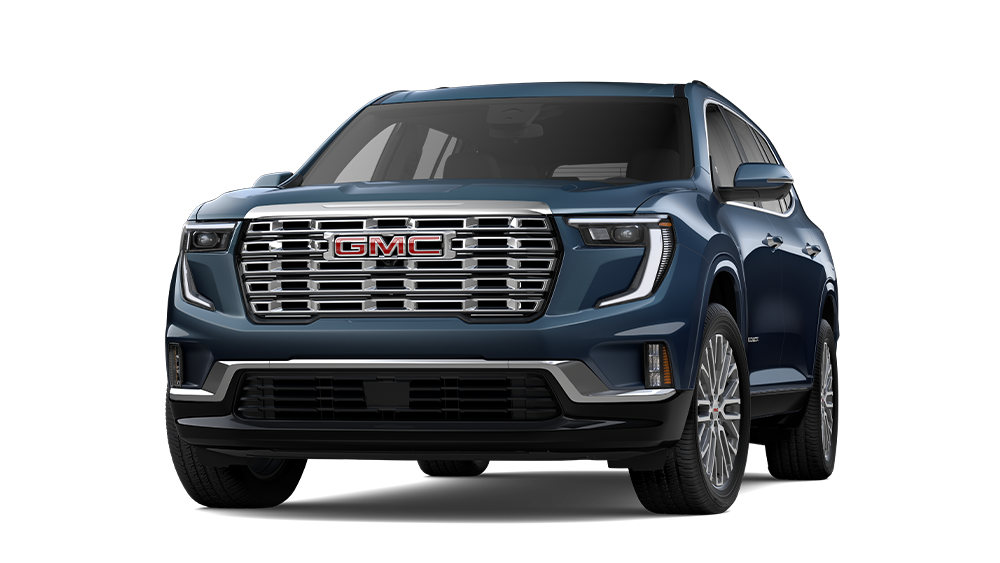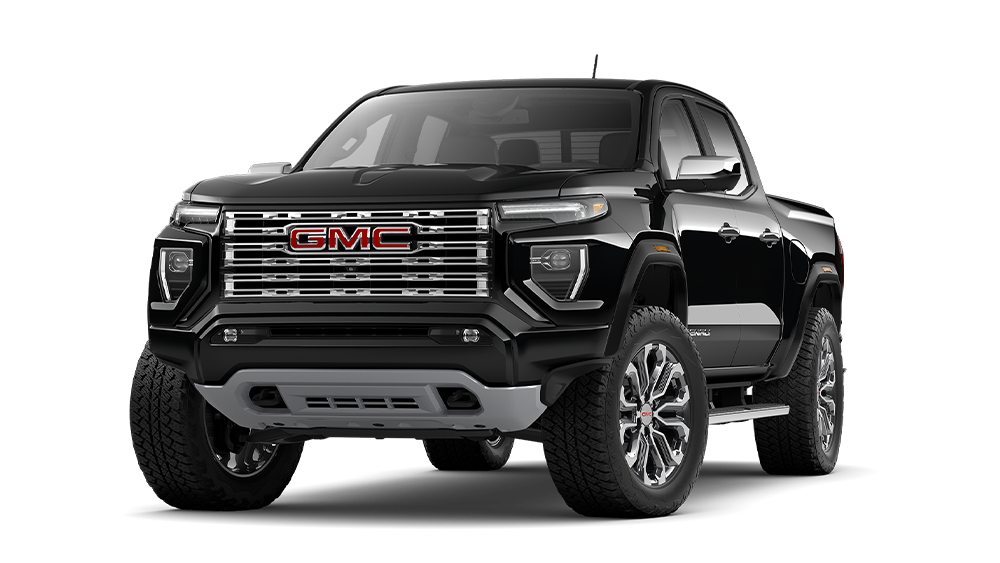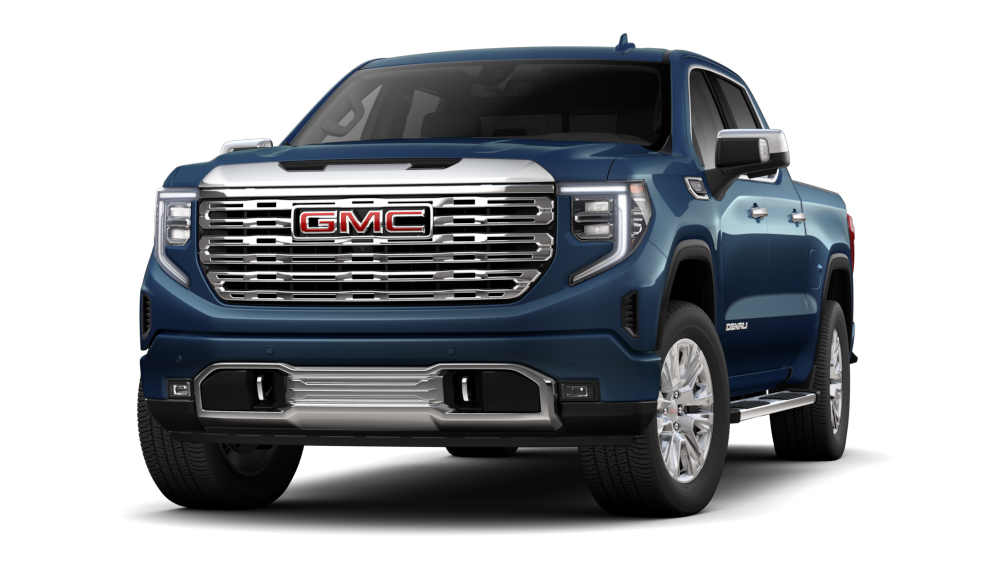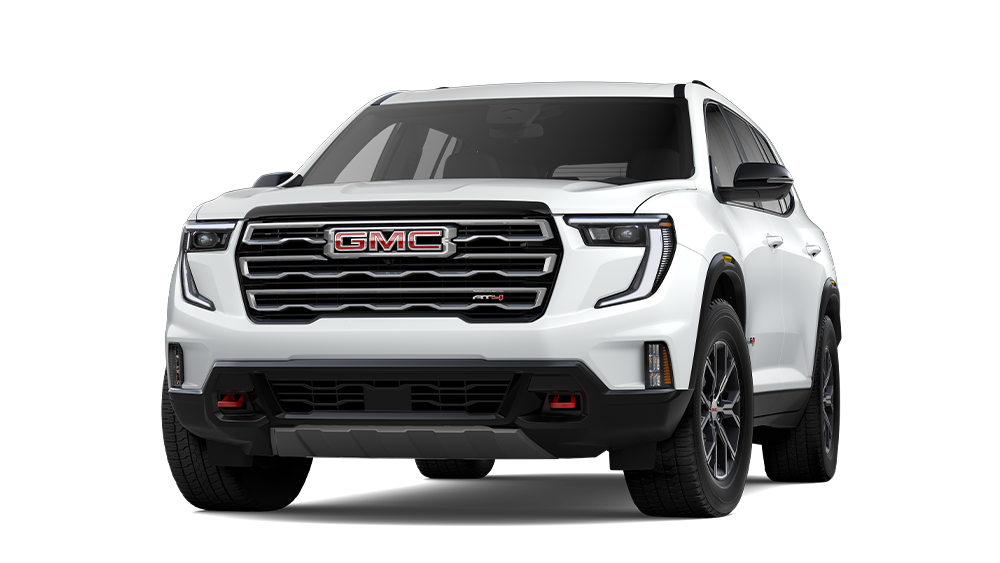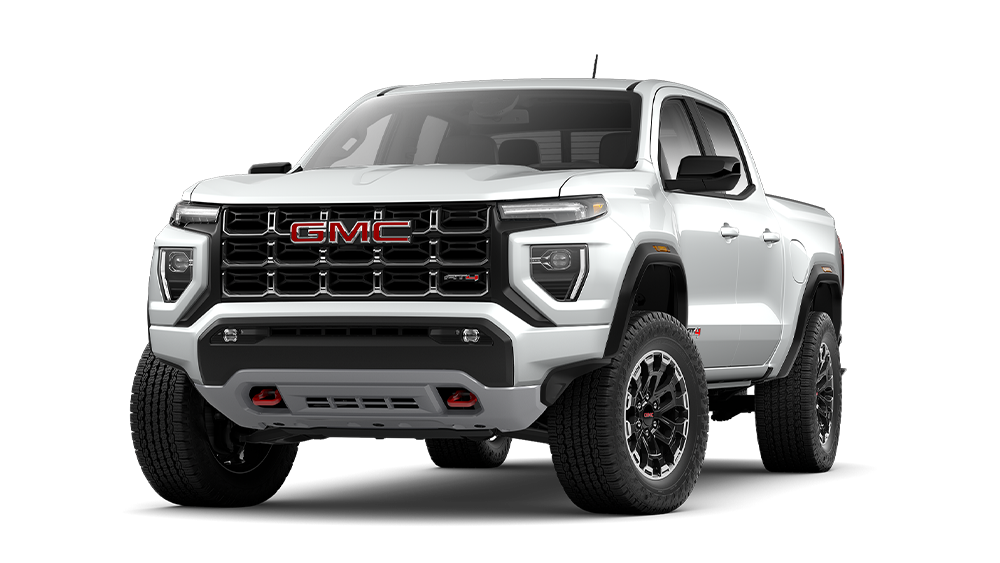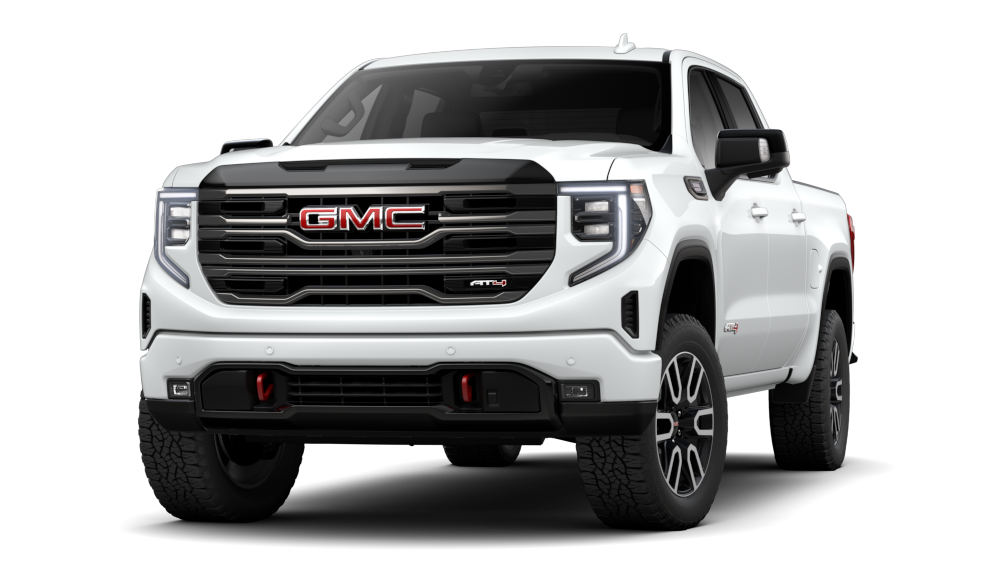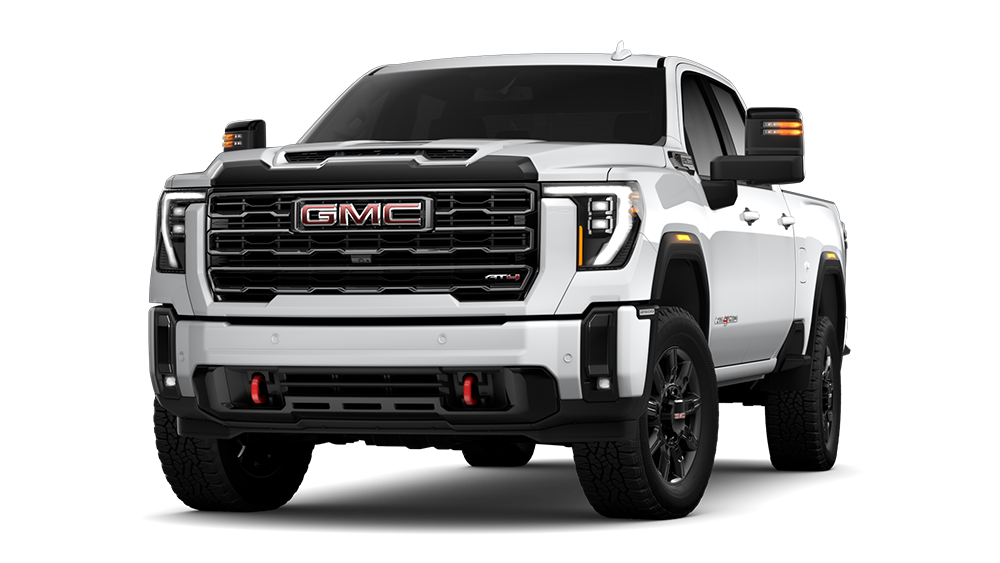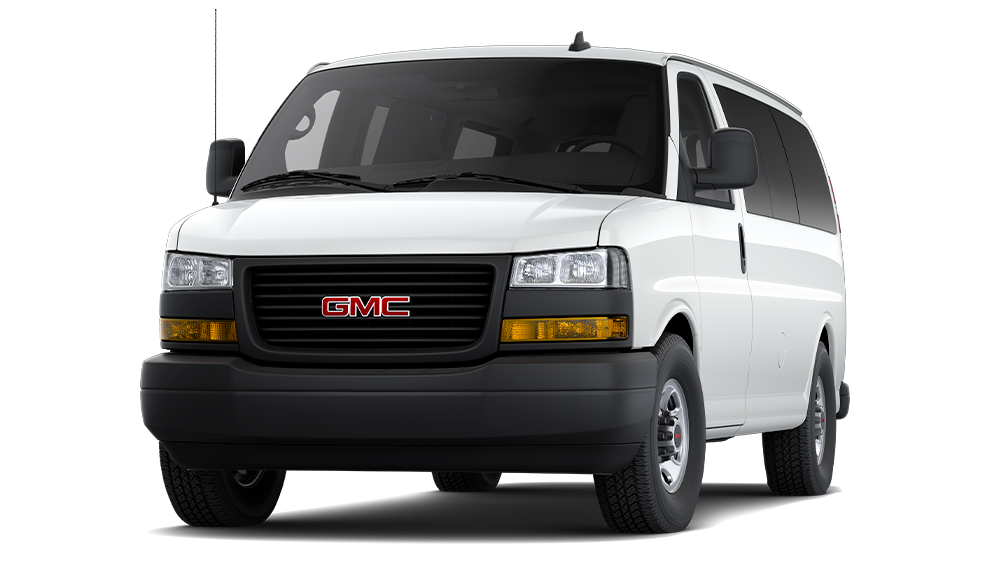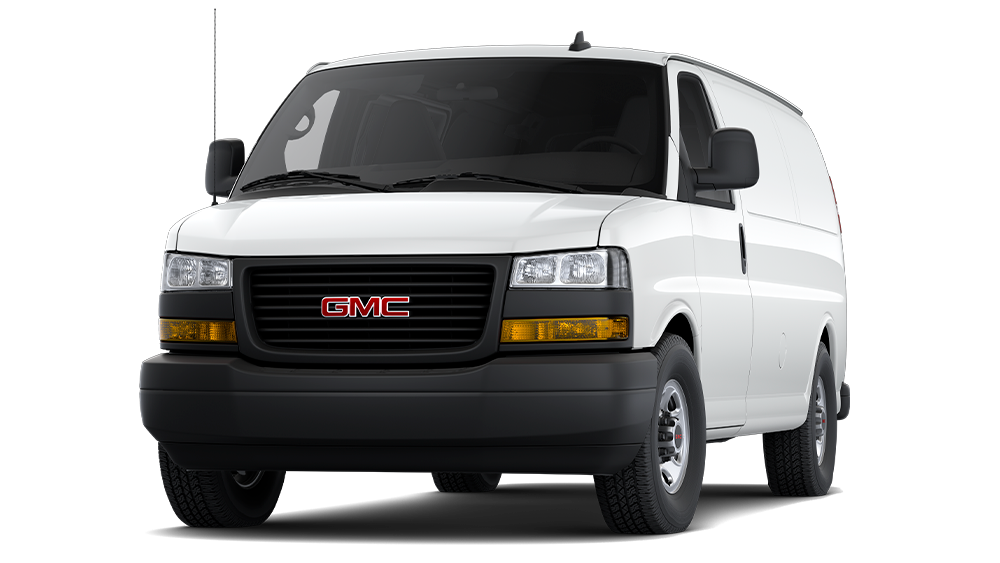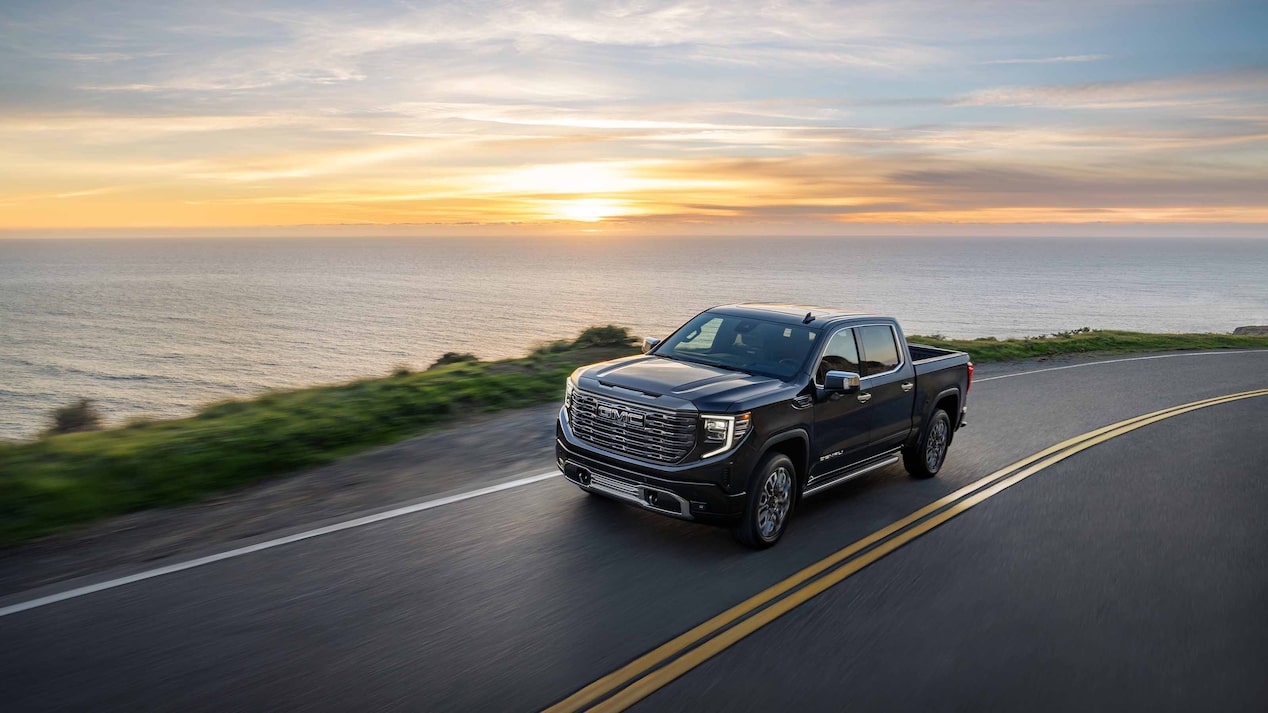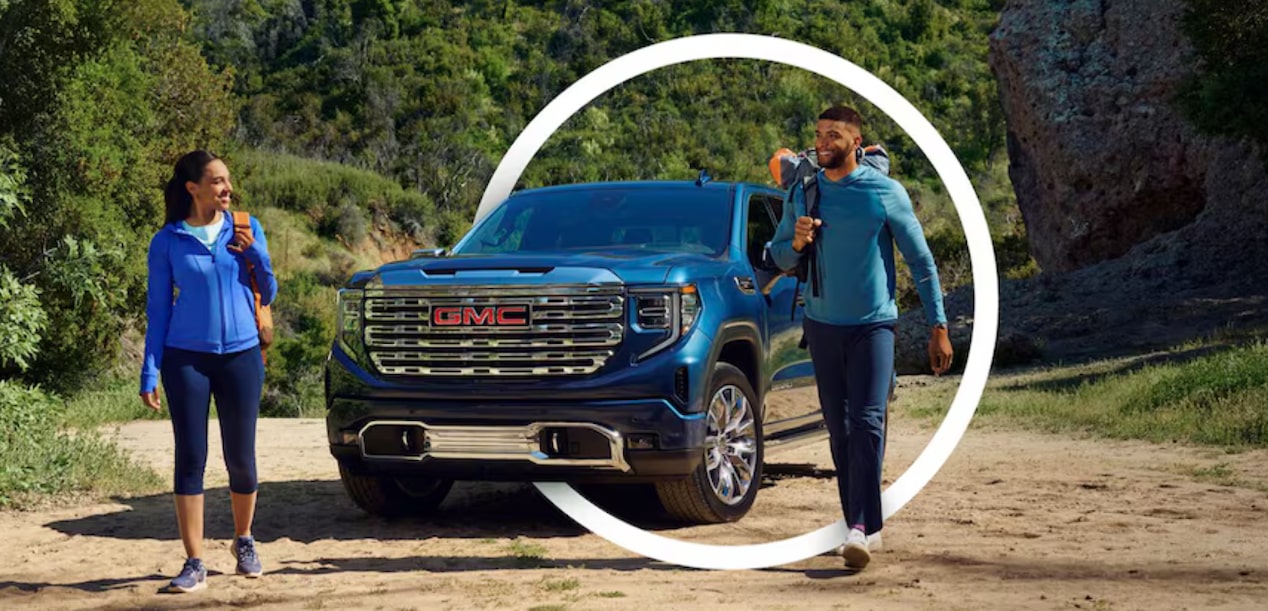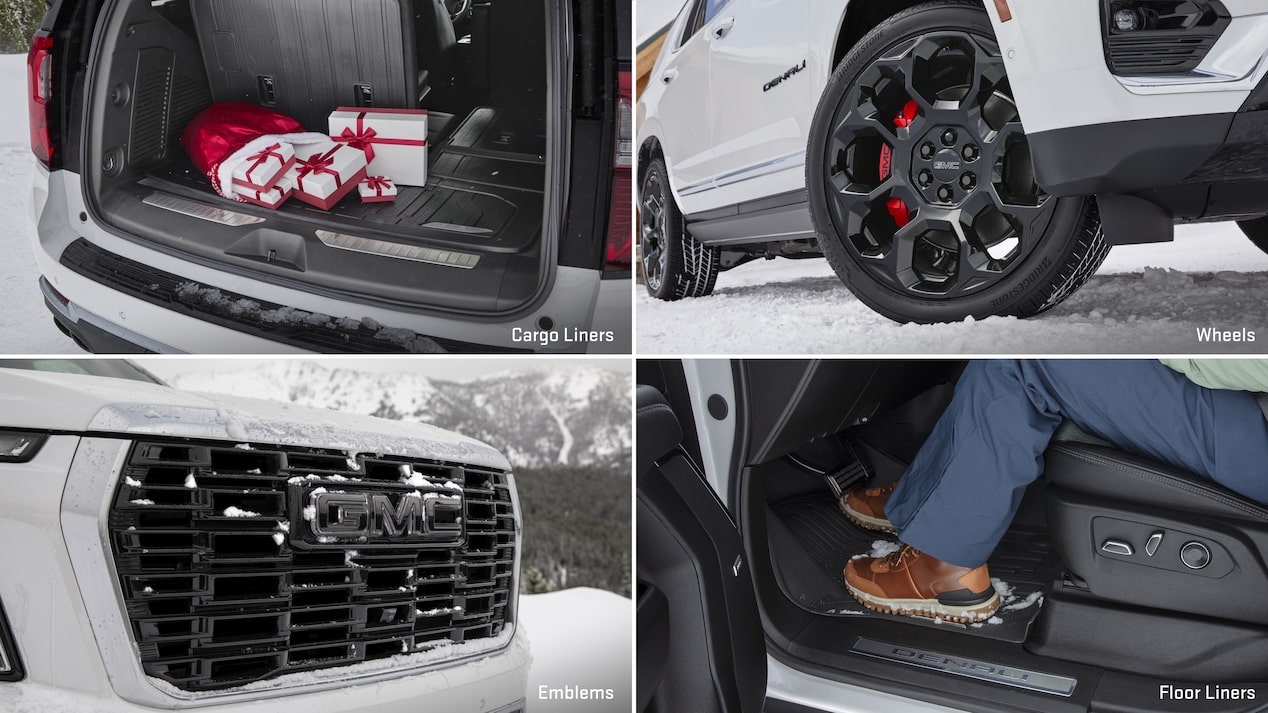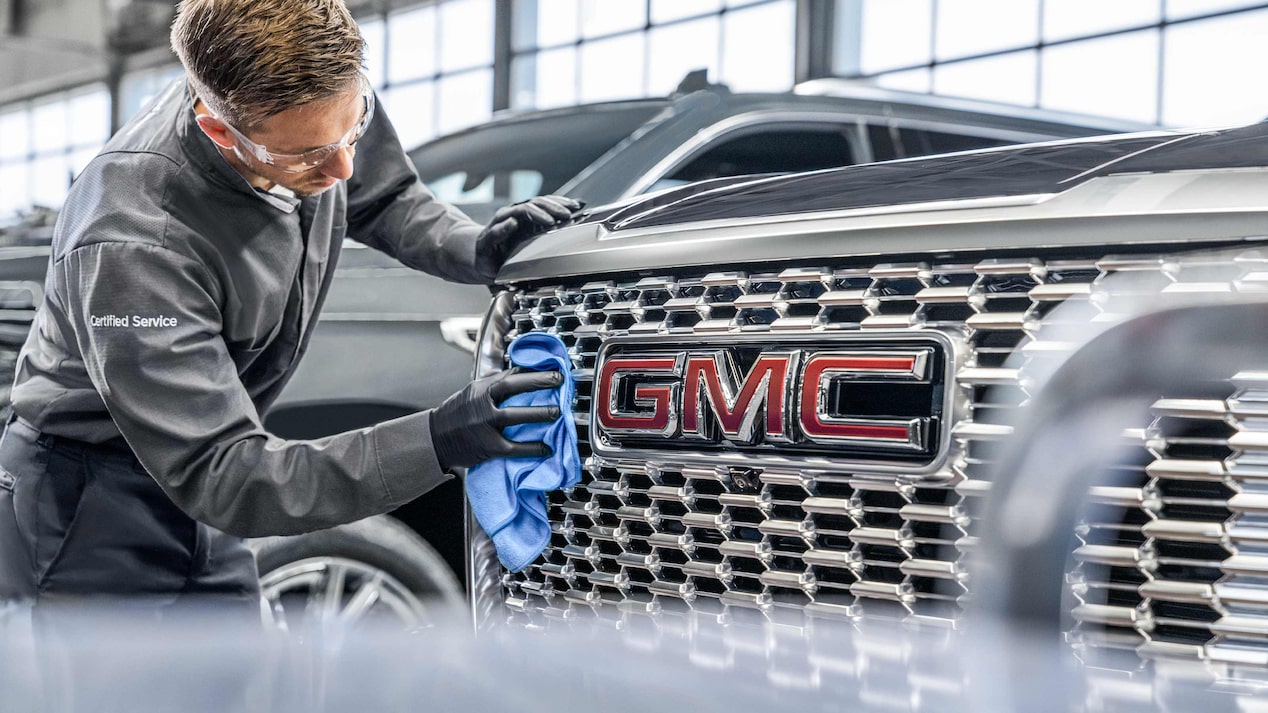GMC LIFE
Leasing and financing can help break the purchase price of a new vehicle into monthly payments, but there are some distinct differences to consider when deciding between the two.

Two words frequently arise when shopping for a new truck, SUV or van: leasing and financing. Both are tools that can help break the purchase price of a new vehicle into smaller monthly payments, but there are some distinct differences between the two.
Financing
A traditional financing arrangement, or an auto loan, allows buyers to ultimately own their own vehicle, but pay it off in monthly payments spread over multiple years.
Buyers are typically asked to place a down payment somewhere between 10 and 15 percent of the total purchase price, while a lender pays for the remainder. The buyer then pays the lender a monthly payment that includes the loan balance (or principal) and interest.
Initially, financing a new vehicle purchase may be somewhat more expensive than leasing. However, it does allow customers to ultimately own their vehicle outright at the end of the loan period. Additionally, no mileage restrictions are placed on the vehicle, which may be important to those with long commutes or expect to drive more miles.
Leasing
Customers keen on driving a new car every few years or wish to reduce the size of a down payment may prefer to opt for a lease.
Leases essentially allow customers to pay for the portion of a vehicle they use over the term of the lease, which typically runs between 24 and 48 months. Lease payments are calculated based upon how much the vehicle is expected to depreciate during the length of the lease.
For example, if a $40,000 vehicle is worth $20,000 (also known as the residual value) after a lease term of three years, a monthly payment will be based off the $20,000 difference instead of the entire purchase price.
Depending on the terms of the lease arrangement, customers may not need to place a down payment, although they will need to pay a lease initiation fee to the leasing company. Additionally, monthly payments are typically lower than if a customer were to finance a purchase since the principal is based off the vehicle’s residual value instead of the total cost.
Unlike a financed vehicle, the customer does not own the vehicle outright at the end of the lease term. The vehicle can either be purchased outright from the leasing company or returned in order to find a new vehicle and create a new lease. If the latter is chosen, the leasing company may require a disposition fee.
Turning in a leased vehicle before the lease term is complete may result in additional cost. Customers also need to be careful to take proper care of the vehicle as damage or excessive wear and tear can result in additional charges at the close of the lease. Likewise, exceeding the mileage limitations placed within a lease contract may also result in additional charges.
What’s Right For Me?
Each situation is different based on personal preference or need. Your local GMC dealer can help you review current financing and lease offers, terms and conditions for either option and find the purchase plan that best suits your lifestyle.


